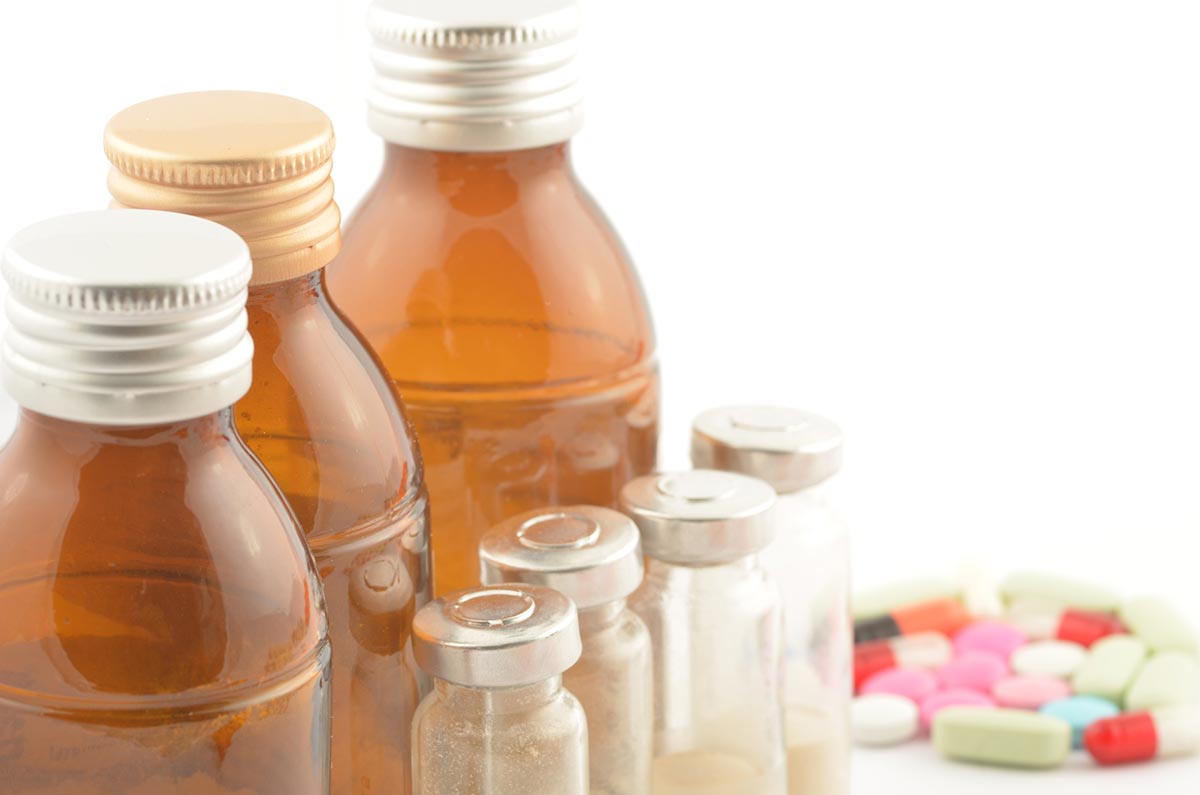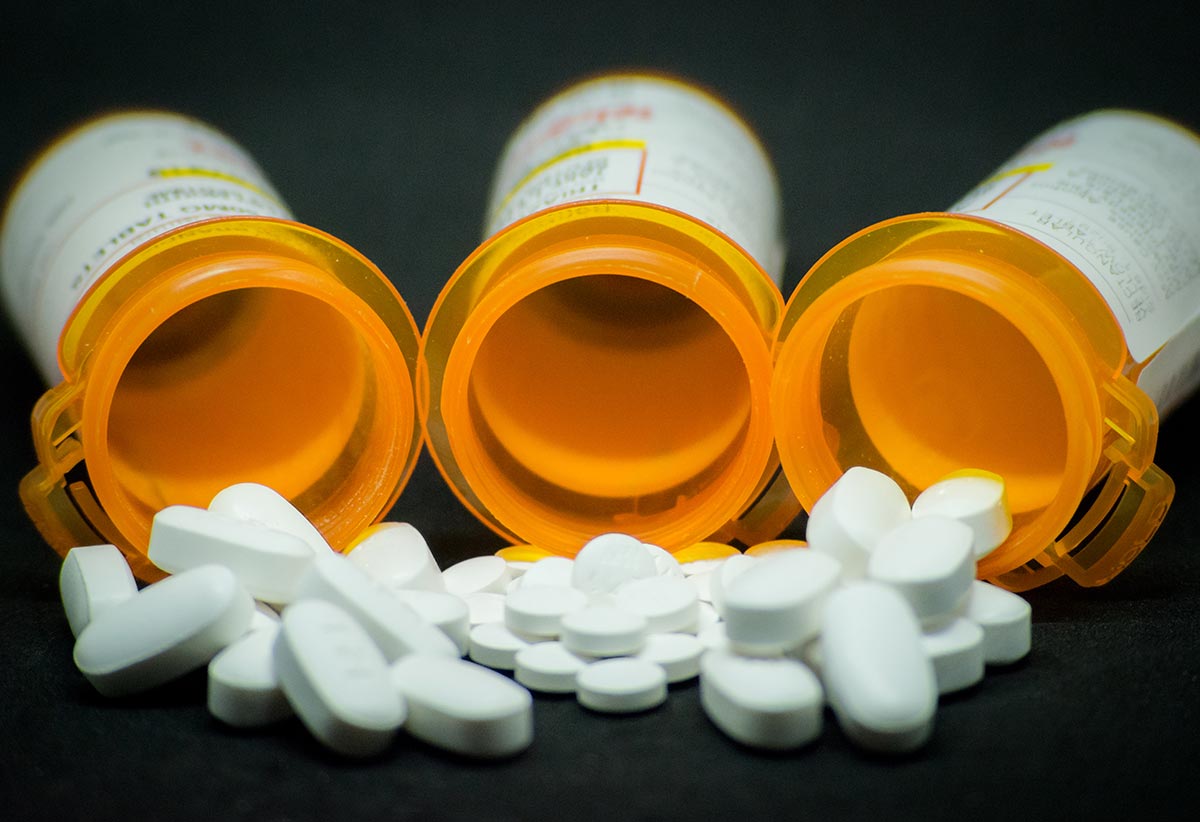How to Get Off Suboxone

When I first heard the word, Suboxone, I thought my addiction issues were over. Instead, I learned that Suboxone comes with its own set of challenges.
How It Works
Suboxone is a form of an opioid, so it made my detox much more tolerable. It also has this amazing ceiling effect that prevents overdosing. Who wants to do more of something if it's not getting you higher, right? However, while Suboxone is less addictive than hardcore opioid, like heroin, it still affects your brain receptors in the same way that those other opioid do.
How To Use It Effectively
My doctor prescribed Suboxone, because I couldn't afford to go to rehab or the time off I would need from work in order to go. I didn't understand that it wasn't like other medication that you take for a prescribed period of time, and then you're cured.
Once I realized that was not the case, I got scared and depressed and wondered what the point of it all was. It felt like I had substituted one addiction for another, and even reached a point where I was thinking about using again.
Fortunately, I found another doctor who specializes in rehab therapy. Finally, a ray of hope! I learned that with proper tapering, I could actually get off Suboxone without experiencing the severe withdrawal symptoms associated with heroin. Now that sounded worthwhile.
I also learned that there are a variety of Suboxone tapering programs that can be done at home or in a professional setting. It was a huge relief to know that I could take part in what's called a rapid tapering program at home.
How To Taper Off Successfully
The active ingredient in Suboxone, buprenorphine, is not as strong as opioids like Oxycontin or heroin, because it is only a partial opioid agonist. The withdrawal process was easier for me, because the cravings for heroin were not as intense. It was still work, but it was not intolerable.
Step By Step
Your Suboxone detoxing cannot begin until your original addiction is under control. The best way to do this is to know your triggers and maintain a stress-free environment. This, in itself, can take some time. I worked on those changes for several weeks. Once I had myself in that place, I was ready to take the rest of the steps:
- Keep your Addiction Specialist in the Loop - Remember, you will still have withdrawal symptoms, so it is very important to have the guidance and support that a professional can provide.
- Know What to Expect - While the most intense symptoms occur during the first 72 hours, other symptoms will develop over about a four-week period. After the first three days, my mantra was: "I got through the worst; I can get through the rest."
- Start with a Test Dose - A 1-2 mg dose will help you find your baseline. This can be adjusted accordingly.
- Less is More - Use the least amount of Suboxone that you can to get through your day.
- Ride it Out - Take your dose once every 24 hours, and do not take an extra dose to manage those subtle symptoms.
- Listen to Your Body - It will tell you when you are ready to taper down to the next dose.
- You Can Take a Break - You can do this by taking a slightly higher dose for one day if you are really struggling.
It's all about brain chemistry. Being mindful of your emotions, maintaining good nutrition, and balancing sleep with exercise are going to bring everything in line. Life can be good again!
If you are looking for a modern and effective addiction treatment center in Southern California, feel free to contact Anaheim Lighthouse today , we’re here to help.














